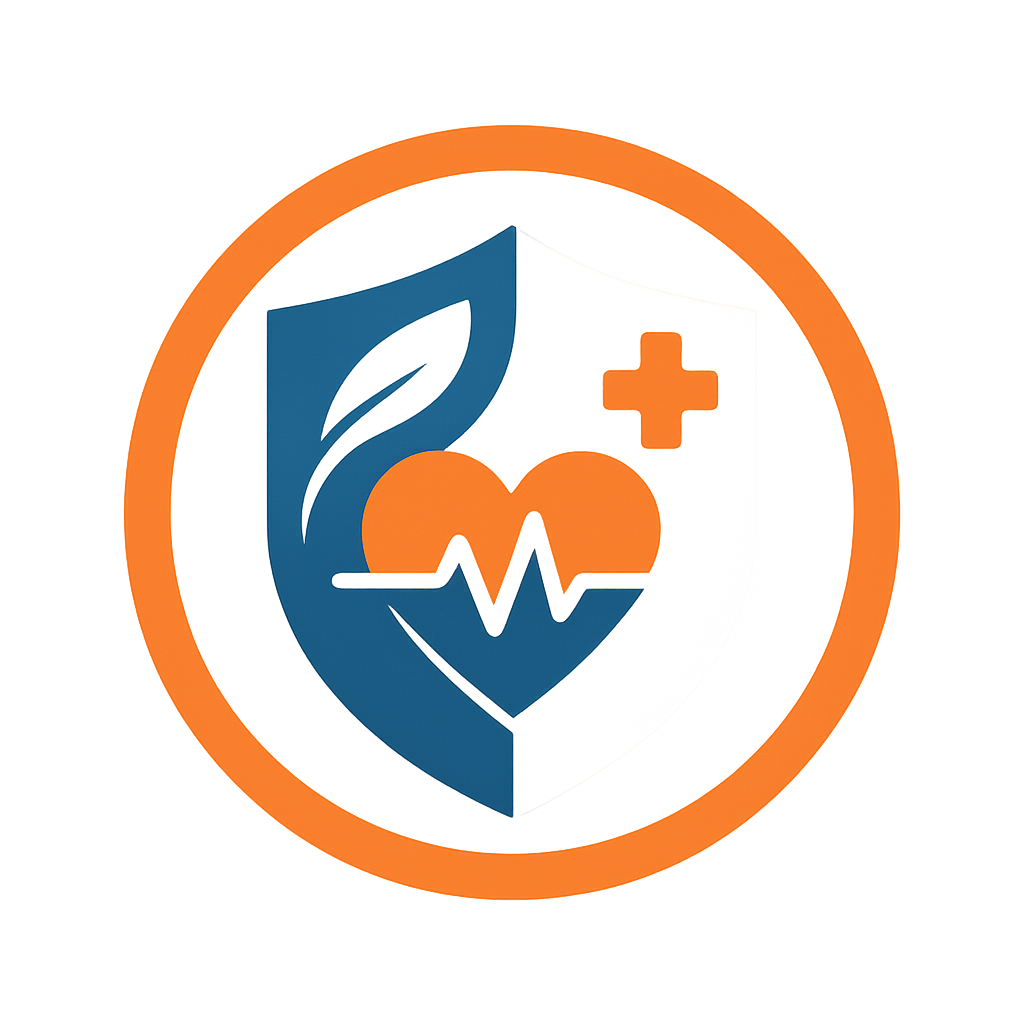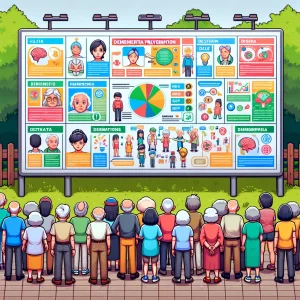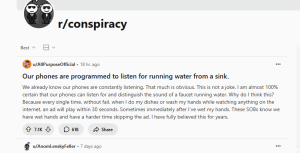
How This Study Could Help Make Healthcare Easier to Navigate
If you’ve ever walked out of a doctor’s office feeling more confused than comforted, you’re not alone. Around half of the global population struggles to make sense of health information—and not because they aren’t smart. The real problem? Healthcare systems often speak a different language than their patients.
A new systematic review sheds light on a concept that could flip the script: Organizational Health Literacy (OHL). It’s not just about handing out brochures or simplifying words. It’s about reshaping entire healthcare systems to make information more understandable, accessible, and useful—for everyone.
Let’s unpack how OHL is quietly transforming hospitals and clinics into places that actually help people feel seen, heard, and informed.
What Is Organizational Health Literacy—and Why Now?
Health literacy has long been viewed as an individual responsibility: if patients don’t understand, they just need to “try harder.” But that’s like blaming someone for getting lost in a building with no signs.
Organizational Health Literacy flips the blame. It asks: How can healthcare systems do better? How can clinics, hospitals, and pharmacies make it easier for people to navigate care, ask questions, and follow through?
This idea isn’t new—but it’s finally catching fire. The review found that studies on OHL jumped by more than 54% during the COVID-19 pandemic, when communication failures often had deadly consequences. In a time of crisis, making information understandable became not just helpful—but life-saving.
A Global Checkup on OHL
This review looked at 62 studies across 15 countries. From youth clinics in Europe to cancer centers in the U.S., the research reveals a growing movement to build health-literate organizations that empower patients instead of overwhelming them.
Key findings:
- The most widely used definition of OHL? Making it “easier for people to navigate, understand, and use health services.”
- The most commonly used assessment tool, HLHO-10, tracks 10 attributes of a health-literate system—everything from leadership support to clear communication.
- The most frequently measured outcome? A general improvement in how organizations handle and respond to health literacy.
But here’s the kicker: while the tools and definitions are growing sharper, what’s missing are the interventions—the real-world programs that show how to turn these good intentions into action.
Why Health Literacy Is a System Problem
Think of a typical doctor’s visit. A patient may be handed a multi-page consent form in size 8 font, then rattled off a series of medication instructions using jargon like “b.i.d.” or “contraindicated.” Even the most educated among us can feel lost.
And it’s not just about language. The review found that:
- Nearly 60% of healthcare organizations lacked a basic understanding of health literacy.
- Many had no coordinated effort to address it.
- Staff were often not trained in how to communicate clearly—or didn’t see it as part of their job.
This is where OHL steps in. It urges institutions to embed clear communication into every level: signage, paperwork, appointments, even online portals.
When Organizations Get It Right
The review also uncovered what helps organizations succeed in becoming more health literate. The big three:
- Team Participation and Engagement – When staff at all levels get involved, change happens faster.
- Training and Integration – Teaching health literacy principles and weaving them into daily workflows is key.
- Tailored Communication – From simple language to visual aids, clear communication transforms patient outcomes.
In fact, some hospitals that embraced OHL reported better patient satisfaction, fewer medication errors, and improved follow-through on treatment plans.
But Change Isn’t Easy
Despite the benefits, many institutions struggle to make the leap. Barriers include:
- Lack of leadership commitment
- Limited training and resources
- Confusion about what health literacy really means
And even when an organization tries to improve, efforts can fall flat if they’re not system-wide. Think: one enthusiastic department vs. an uninterested hospital board.
It’s like putting up one sign in a maze and hoping people find the exit. That’s not strategy—that’s wishful thinking.
What Needs to Happen Next?
The takeaway from this massive review is clear: we’ve defined the problem, built the tools, and gathered the data.
Now, it’s time for action. Researchers call for:
- Fewer new tools—we have enough.
- More tested interventions—real programs that show what works.
- Policy and leadership support to make health literacy a system-wide priority.
Imagine hospitals where consent forms are easy to read, instructions are crystal clear, and patients leave confident—not confused.
That’s not just good communication. That’s better healthcare.
Join the Conversation
So, where do we go from here?
- How health-literate is your organization—or the one you visit most often?
- What would help your community navigate health systems more effectively?
- What’s one change you’d make if you could redesign the healthcare experience?
Let’s talk. Because understanding your health shouldn’t be a privilege—it should be the baseline.
Don’t Let Science Pass You By
⚠️ Public health breakthroughs and threats are happening fast.
Missing one update could mean missing the chance to act, advocate, or lead. Stay sharp, stay informed—with our weekly science brief, trusted by changemakers.✅ Subscribe now—it’s free and essential.
📣 Share this blog to grow the circle of informed action.



